A Barbel Fisher’s Thoughts in April
“ O, to be in England, now that April’s there.”
Well one thing’s for sure, Robert Browning may well have been the Ray Davies of his day but he certainly was no barbel fisher!
April is quite possibly the most miserable month for those of us who fish the wild rivers. All right for those who love chucking a bit of fluff I suppose but that’s not my game, not just yet anyway.
No, us coarse anglers just have to grin and bear it, but there’s plenty to do and think about so that you are totally prepared for June 16th, when the rivers open up to us all once again.
First and foremost, look after your tackle!
Rods and reels are expensive items of kit and they need a bit of TLC to ensure you don’t get let down when that big barbel comes your way.
A quick check on the rings, make sure the cork handle is in good nick and a drop of sewing machine oil on the pin does the trick when I’m spring cleaning. I say pin because that’s the reel for me, I use centre pins for well over ninety percent of my barbel fishing, have done for over forty years!
As you follow my exploits I’m sure I’ll be able to convince you that the ‘pin takes barbel fishing pleasure to new heights!
It’s worth keeping an eye on your landing nets, mice have an uncanny knack of finding ways into the most secure tackle sheds and munching on mesh is one of their favourite activities, be warned.
April is also the time when we start to think about renewing club tickets and a word of advice here.
Times are hard and fishing clubs, especially those controlling river stretches, are feeling the pinch and they certainly need our support.
But to get the best out of a river you have to put in the spadework, that takes time, and if you spread yourself too thin you’ll struggle.
So plan for the season ahead, know what your hopes, expectation and aspirations are and join your clubs with that in mind.
Now your appetite for barbel fishing is sure to be whetted by reading Fish ‘n Tips, but before you embark on that first trip there are important things you need to know.
I’m beginning to sound like Paddy Mcguinness on Take Me Out!
I’m not talking where, when and why, I’m talking how to look after this particular species of fish.
Catching a barbel is one of the most exhilarating thrills you can ever experience when fishing, watching in awe as your prize swims strongly away as she is returned to the river is even better.
So let’s run through the basics and explain why this aspect of barbel fishing is so important.
I’ll start by giving an unashamed plug to the organisation I’ve been heavily involved with since it came into being over fifteen years ago, the Barbel Society.
One of the very first things the Society did was to produce a Handling Code. This easy to read guide has been universally accepted as the byword on barbel welfare.
Like pike, another species well looked after by the Pike Angler’s Club, barbel have certain care requirements to ensure their well being.
Yes they are a fish like any other fish and as anglers we have a responsibility to treat all the fish we catch with equal respect but because barbel fight like demons and give their absolute all, that strength exposes their vulnerability, which we all need to be aware of.
So although this is my sermon, I’m not trying to preach to you, I’m just helping you to understand barbel a little bit more.
1. Always use well-balanced tackle, aiming to land your barbel as quickly as possible, but without undue pressure or bullying. Playing fish to exhaustion on light tackle causes unnecessary stress. A minimum of a through action rod of 1 ¼ lb test curve and eight pound line should be used, with much heavier tackle advisable in snaggy swims or flood conditions.
Think about where you will be landing your fish before fishing, so that a played out fish can be landed safely and left to recover in the net for a few minutes before being unhooked.
2. A more powerful rod will require stronger line to maintain balance; a rough guide is to multiply test curve by six to calculate matching line strength. Line does not last forever, so check regularly and replace it if in doubt. Ultra thin braids can cause damage to fish, so should be used with care.
3. When fishing for barbel, use a large, deep, fine knotless meshed landing net and always allow the barbel a few minutes to recover in sufficient depth before removing the fish from the water. Transfer the fish in the net from the water and place the fish on a wet unhooking mat whilst you remove the hook. After the hook has been removed return the fish back to the water and allow it a few more minutes of recovery time before release. Never attempt to beach a fish, or allow it to rest on stones, gravel or hard ground. Use wet hands to handle fish.
4. Barbless hooks or those with barbs squeezed flat are easier to remove than barbed ones. Remove the hook with forceps. If the hook is difficult to remove then cut the line and thread out the hook, point first, if necessary. Check the mouth for any other hooks and remove any that are present.
5. Mouth sores and any wounds found on the body may be treated with solutions such as Kryston Klinic, available from good tackle shops or antiseptic creams such as adcortyl-in-orabase, which is available from chemists. Dry wounds first before applying treatments.
6. Release the barbel as soon as it has fully recovered, retaining it in the meshes of the landing net until it is upright, and breathing and swimming strongly. Take extra care in hot weather when water temperatures are higher and the dissolved oxygen content is lower. In extreme warm and low water conditions, consider ceasing fishing for barbel altogether until conditions improve.
7. If weighing and photography are desired, leave the fish in the water in the landing net meshes with plenty of room to breathe, while you prepare your equipment. Decide where the weighing and photography should take place, preferably close by and on a flat area away from bright sunlight.
Wet the weigh sling, which should be large enough to contain the fish easily, and zero the scales whilst weighing the wet sling.
Prepare your camera equipment and then transfer the fish to your chosen area. Gently lower the barbel onto your wet unhooking mat, ensuring all fins are folded backwards to prevent damage. Carefully remove the fish from the net into the wet weigh sling.
The fish should be held close to the ground for photography; never stand with a fish.
8. Return the fish to the net and carry it in the net to the water. Position it facing up-river and then allow a long period of recovery. The fish should be allowed to breathe freely, with a good flow of water around the mouth and gills. Encourage the fish to position itself upright and maintain balance. The fish must not be released until you are certain that it has sufficient strength to swim strongly in the current.
9. Exceptional fish may need to be retained in barbel tubes or tunnels for witnessing but this should be for the shortest possible time period and only place one fish in each tunnel or tube. Carp sacks and keepnets are not advised for the retention of barbel.
10. The Barbel Society recognises that barbel are retained in keepnets during matches. However, we appeal to match anglers to use the largest barbel friendly nets they can and to position them where the fish can obtain maximum through flow of water and minimum overcrowding. Staking the closed end of the keepnet up-river will greatly help in this matter. We also ask that a weigh and release policy is considered where large fish in particular can be weighed individually and released soon after capture.
We would also ask that soft slings are considered and used for weighing and that all barbel are nursed so as they are fully recovered before release.
11. The use of plastic tubing or other mechanical devices to try and release what may be perceived to be trapped air in barbel is not recommended. Fish are invariably able to rid themselves of air naturally and poking around with tubes or massaging fish could cause internal damage.
General recommendations;
After your own safety, always consider the welfare of the fish above all else.
Keep them out of water for the minimum time.
Always use adequate, but balanced, tackle.
Only pursue barbel in rivers, we are opposed to their stocking in stillwaters.
Take all your litter home, and enjoy your barbel fishing in wild, clean river surroundings!
So there you have it, eleven points to consider when you are out on the riverbank enjoying your barbel fishing.
Barbel as I said are a fish the same as any other, but they do have certain requirements to ensure their well-being. If you follow the code you can be safe in the knowledge that you have done all that is possible to ensure the fish can thrive and provide excellent sport for your fellow angler.
Now we’re ready to go, over the coming months we will be putting all of this into practice on a variety of rivers as I show you how I set about my barbel fishing.
To find more information about joining the Barbel Society, look up the website;
www.barbelsociety.co.uk
Steve Pope March 2011
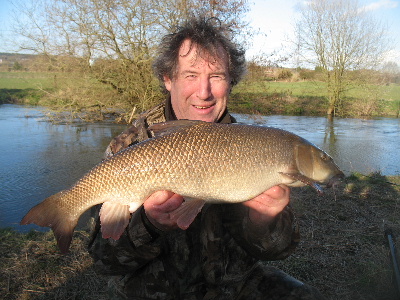
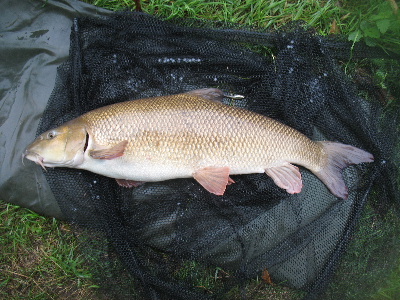
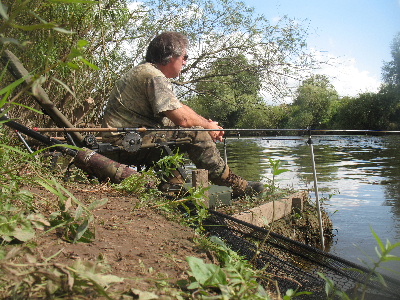
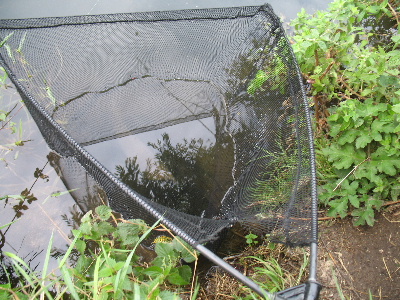
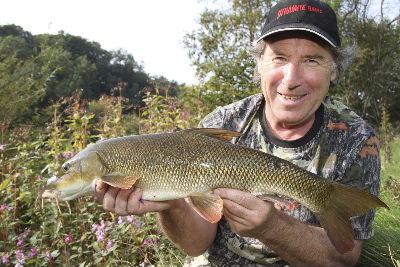
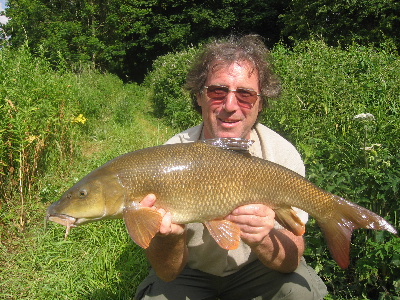
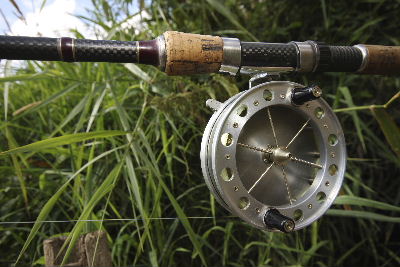
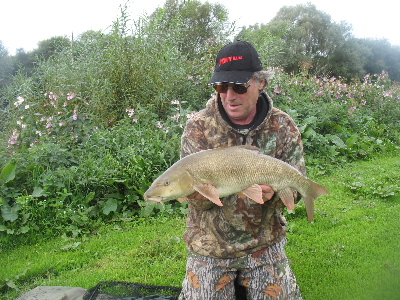
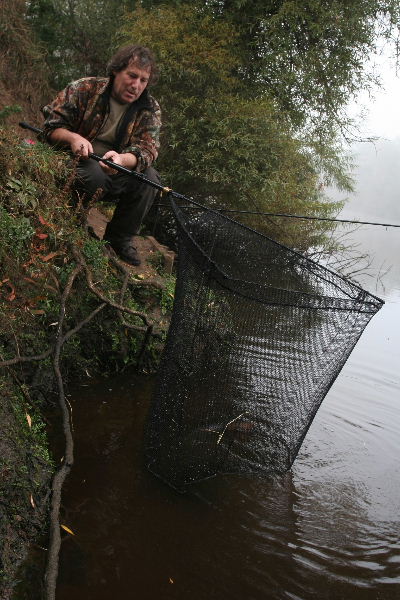
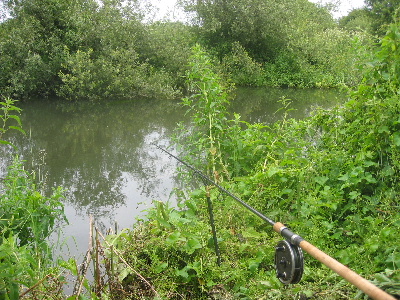
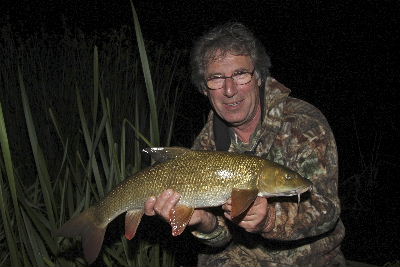
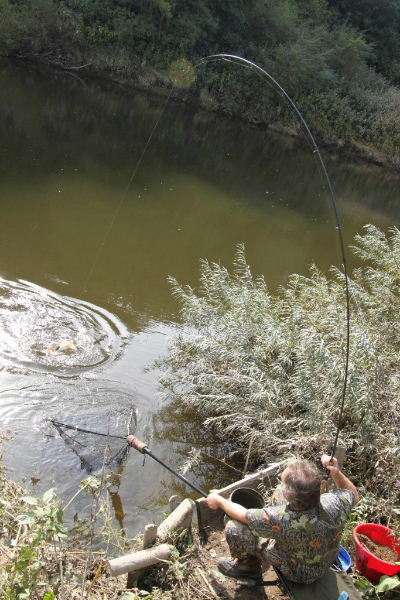
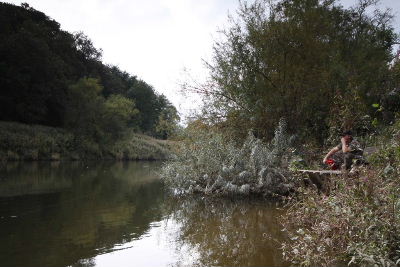
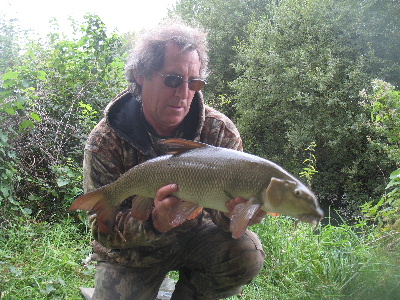
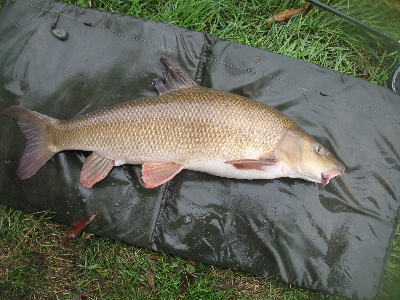
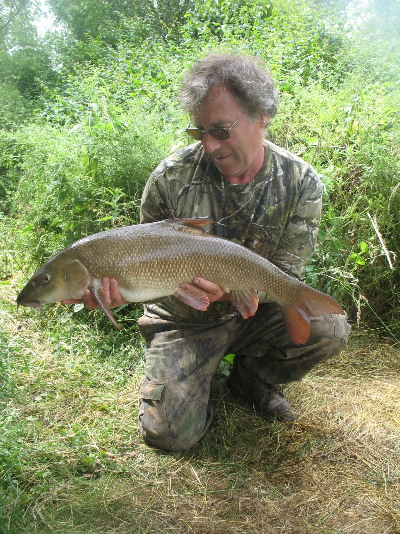




Leave a Reply